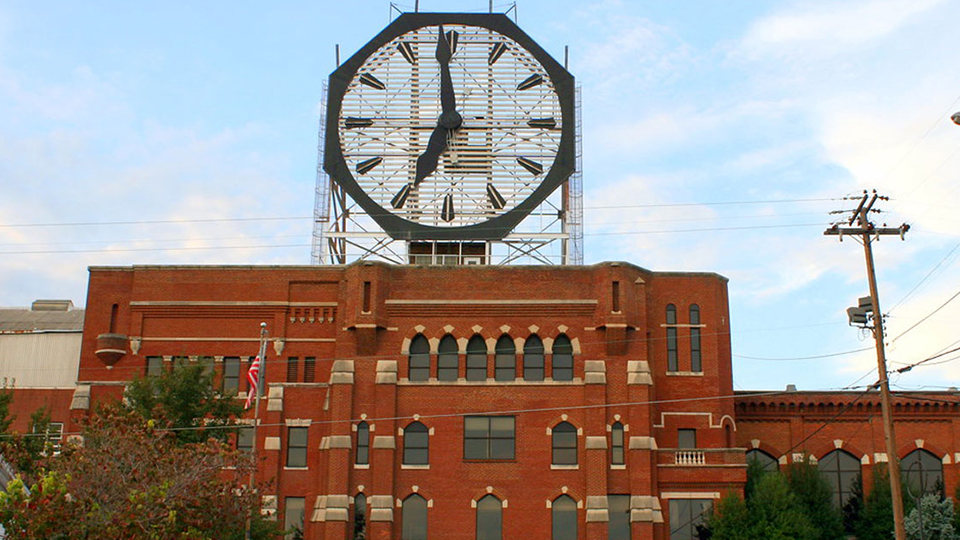Clarksville seeks to preserve historic Colgate site
Subscriber Benefit
As a subscriber you can listen to articles at work, in the car, or while you work out. Subscribe Now
The Clarksville Town Council has begun the process to acquire a historic property with the goal of preserving it for potential reuse. The town plans to use eminent domain to acquire the Colgate site, which once housed the state’s first prison and has sat mostly empty since 2008. Council President Ryan Ramsey says the use of eminent domain is a last resort after attempts to negotiate with the property’s current owner, Clarks Landing Enterprises Investments LLC, to redevelop the site failed.
During a news conference last week, Ramsey emphasized the effort is about preservation.
“We did not make this decision lightly,” said Ramsey. “Eminent domain is always used as a last resort when we have exhausted all other options. If we allow the site to continue to degrade for another decade, it would most likely require demolition.”
According to the Society of Architectural Historians, the site was developed in the 1840s as a second site of the Indiana State Prison before transitioning into the Indiana Reformatory in 1897.
In the 1920s, the buildings on the site were redeveloped into a factorY for Colgate & Co., which later became Colgate-Palmolive (NYSE: CL). The company remained at the site until relocating in 2008.
The town says the property has seen “depreciation and degradation” since it was acquired in 2011by Boston Development Group LLC and later transferred to sister company Clarks Landing.
“Instead of being saved and celebrated like these other Indiana landmarks, we have instead been forced to bear witness as the site becomes more dilapidated and blighted with each passing year,” the council said in a joint statement. “Once touted as the key driver for multiple redevelopment plans in South Clarksville, these buildings now serve only as eyesores.”
Town attorney Greg Fifer says the resolution approved by the council is just the first of many steps before the town could acquire the property.
Fifer says inspections of the property must be conducted, followed by appraisals to determine the property’s value. Then, the town must make an offer to the property owners via the courts.
A final decision from the court must be made before the town can take control of the site. Fifer says that process could take up to a year to complete.
Ramsey says the effort would create opportunities for reuse of the buildings on the site, but that is not the immediate concern.
“Our main goal is the preservation of the buildings on the site, the buildings that can still be saved,” he said. “In terms of how those buildings are developed, we don’t care. This is about saving those structures for future generations.”
